Since their popularisation in the 1960s, the face of British sex shops has changed considerably. Departing from dimly-lit stores and cast-down gazes, much of today’s adult retail industry is characterised by empowerment and community.

Judgement-free online communities
Without question, the most enabling development for this change in Britain’s adult retail industry has been the internet. As CEO of online sex shop Lovehoney Sarah Warby puts it: “People love the discretion that shopping from their home affords them, knowing they can look at anything and it doesn’t matter.”
Online shopping provides customers with a largely judgement-free browsing experience, wherein they can reap the benefit of extensive product knowledge, recommendations and user reviews. Warby is quick to point out how different this is from the past.
“Some time ago sex shops were – dare I say – sleezy,” she says. “They weren’t the sort of place most of us would have thought would be relevant for us, but we’re moving away from that intimidation because the internet has made things so accessible for people.”
After 17 years in operation, Warby says Lovehoney’s forum communities are its “beating heart”. Actively avoiding any sense of shame left over from years gone by, the company encourages full and frank discussions on sex and pleasure via its website.
“We have communities for the over 70s, for example, that only thrive online,” says Warby. “And I think that’s just a huge change from days past, where no one would really make eye contact with you. We’ve made sure part of our identity is that there’s no embarrassment here.”
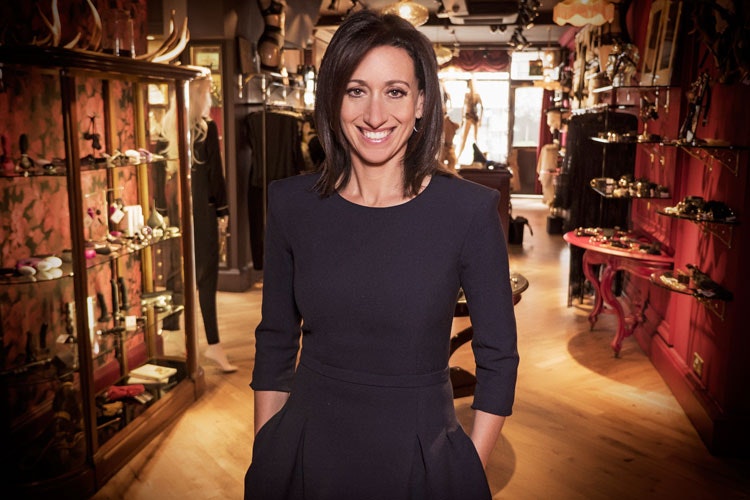
Open and education-focused environments
With the internet providing such a catalyst for the uptake in adult retail, you could be forgiven for thinking actual bricks and mortar sex stores had suffered. In many circumstances, however, the opposite is true.
“Anonymous shopping online has really helped so many people,” says CEO of adult boutique Coco de Mer Lucy Litwack, “but on the flipside, some people can miss the education and communication that comes from being instore and talking to people.”
This is echoed by Warby, who has just launched a physical Lovehoney pop-up store in London’s Covent Garden: “Some people just really enjoy having a chat with another human being and asking how things work or asking for recommendations.”
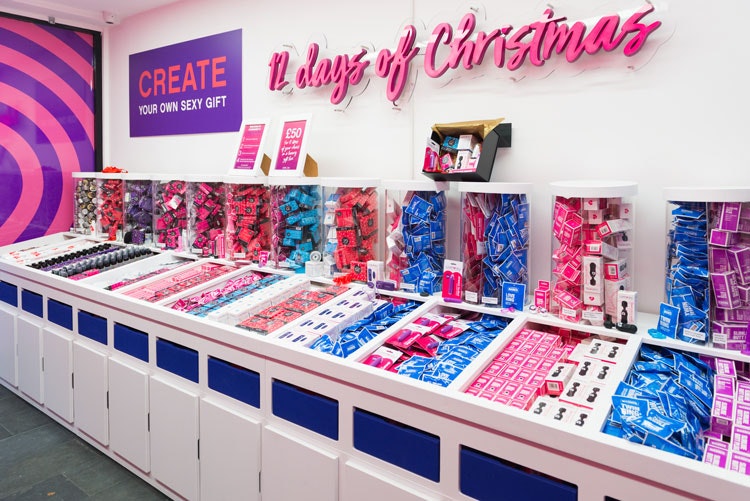
For Warby, it was paramount Lovehoney’s first physical store be designed “away from inbound stereotypes”. The team worked with retail designers Other Stuff in the production of the store, with Warby noting: “We know that sex shops of the past could be seen as quite dark and oppressive, making you think you had to hide in the corner.
“The intention for this one is to feel really light and welcoming instead, with enthusiastic people ready to take you through the experience.”
Litwack’s boutique takes recommendations one step further, hosting “salons” for customers that offer education on products, skills and techniques to “heighten pleasure”. Branding themselves as part-sex shop and part-education platform is a deliberate move by Litwack, who wants to combat the many people who “learn about sex nowadays from online pornography”.
“We don’t want to just offer products, we want to offer people our experience, expertise and education in a safe and empowering environment.”
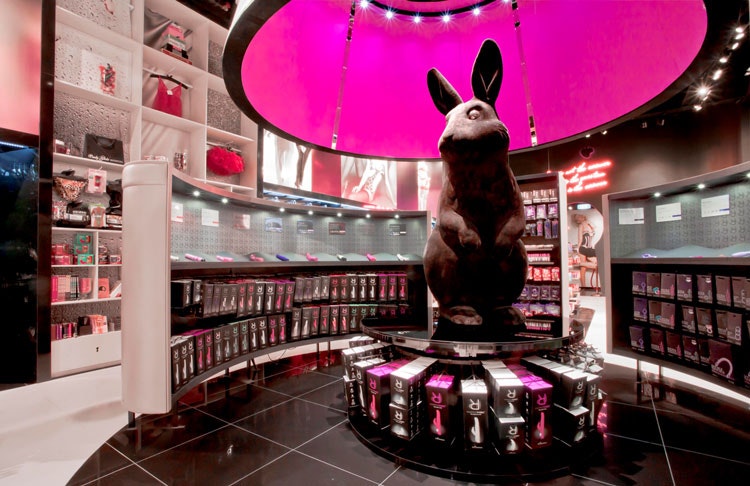
Designing for empowerment
This points to another change in tact – centring women’s experience just as much as men’s. High street mainstay Ann Summers began efforts in this some time ago, with a retail concept overhaul in 2011 by branding and retail consultancy Fitch.
At the time, marketing director for Ann Summers Fiona Davis told Design Week: “Our values are being by women, for women. [We want to bring] them the sexiest products in an environment that works for them.” The team at Fitch labelled it “sexually charged, yet approachable”.
Litwack echoes this, saying: “For a long time, sex stores and pornography has been about male pleasure, and there’s been very little out there for women. We’re trying to change that, by being a very female-focused brand.”
She points to Coco de Mer’s line of sex toys as further evidence of this. “A lot of [sex toy] packaging of the past had a really porn-esque look to it – products had naked women on the front for example,” she says.
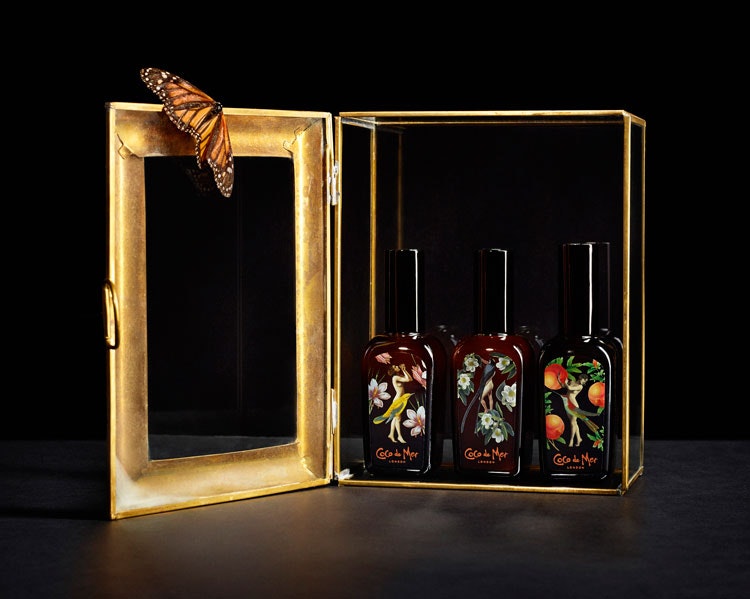
As a rebuke, Litwack’s packaging is designed with “empowerment in mind”, with products named after women throughout history who have progressed the fight for women’s rights. The packaging itself is then designed with portraits of those women.
Williams Murray Hamm led the design of the packaging, with creative director Garrick Hamm saying: “The stategy and design helps to re-establish Coco as the luxury leader it deserves to be. Sexy is: empowerment, understated style & beauty within, not cheap pink nylon knickers.”
Lovehoney’s approach is similarly rooted in empowerment. Warby recounts the process of shifting from third-party lingerie suppliers to designing pieces inhouse. “We started with hosiery and got all the stockings from our competitors we could find, and we realised sizing was a huge issue” she says.
“Loads of lingerie is branded as ‘one size fits all’, which of course it never is. As you go up into plus sizes, garments aren’t just the same size but bigger, because we change and get bigger in different proportions.” Now the company positions itself as size-inclusive, with many products ranging from a size six to a size 30 and has launched campaigns like #loveisnotanumber.

Legitimising through big-name partnerships
Litwack says much of what Coco de Mer does is underpinned by a desire to “legitimise” its brand positioning and wider industry. Both her boutique and Warby’s Lovehoney have worked with well-known partners to strengthen their names in the public mind.
UK high street health and beauty retailers Boots now stock a capsule collection of Lovehoney products, with Warby saying the company shares her own’s philosophy around “sexual happiness”.
“These partnerships are really important in bringing our work to the mainstream,” she says. “For many people, they’ll see our products in Boots and realise they’re not as scary or crude as they thought.”
Similarly, Coco de Mer partnered with the V&A last year to launch a lingerie collection that was inspired by some of the museum’s artefacts. Titled “The Beauty of Nature” and comprising four different ranges, the line was influenced by objects including textiles designed by William Morris in 1882 and traditional Korean lacquerware.
“The V&A is a really British, luxurious heritage brand and by working with them it helped open up our brand to people who would have never heard of it before,” says Litwack. “We aren’t just a niche brand anymore.”
Charity campaigns and activism
Moreover, the presence of these brands in the worlds of charity and activism also seeks to legitimise them. Litwack notes that it’s important for her to “give back and do things that matter”, too.
Often, this work is done in sectors directly related to sex. In the same vein as Coco de Mer’s work in empowerment and education, the boutique is partnered with the Desert Flower Foundation, an organisation that has fought against female genital mutilation (FGM) since its founding in 2002 by supermodel and human rights activist Waris Dirie.
“FGM is a direct disabler of female pleasure and so it felt like a really authentic collaboration,” says Litwack. The boutique is involved in fund and awareness raising for the organisation.
Meanwhile Lovehoney frequently supports organisations like raTrust, an STI and STD education and support organisation, and Ann Summers has previously partnered with relationship advice charity Relate.
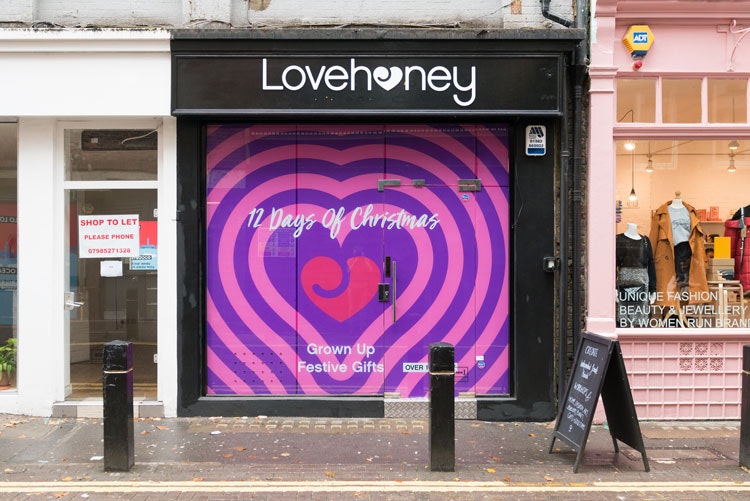
The changing landscape
With so much work going to the repositioning of the sex store identity, both women are keen to see how it will progress. From technological advancements, to shifts in public perception, the industry, they say, will continue to thrive both online and instore.
Where Warby notes the “heart and soul of Lovehoney is online”, she’s also keen to explore into the realm of bricks and mortar shops. And Litwack echoes this but in reverse, saying physical stores are important places for interaction and education, but that online experiences can be important for people to feel comfortable.
Litwack feels the industry’s identity shift continues to be promising. She says: “We’re at a really exciting time now. Sex shops have the opportunity to become cultural figures in this changing landscape. People’s perception of us is changing.”

- Design disciplines in this article
- Industries in this article
- Brands in this article








